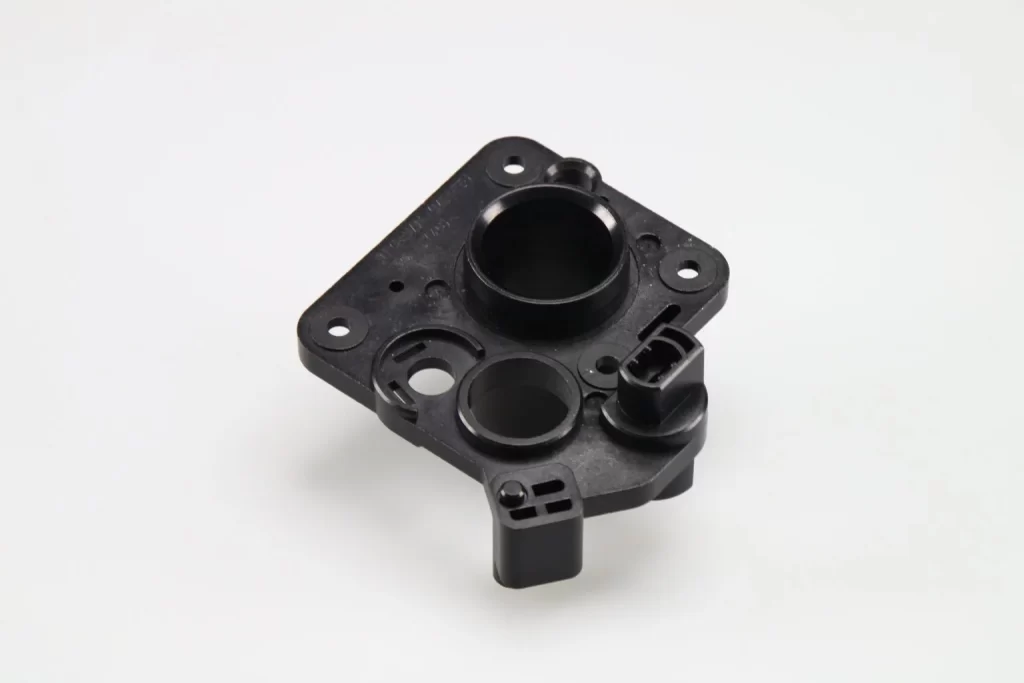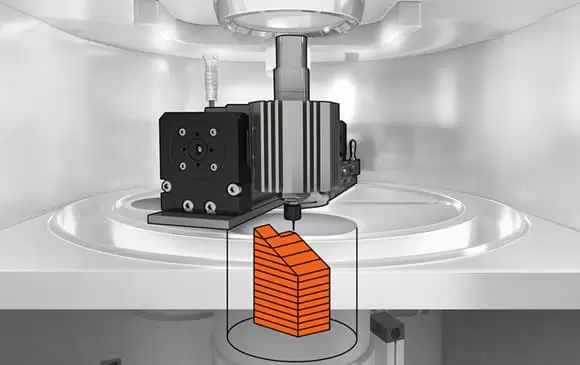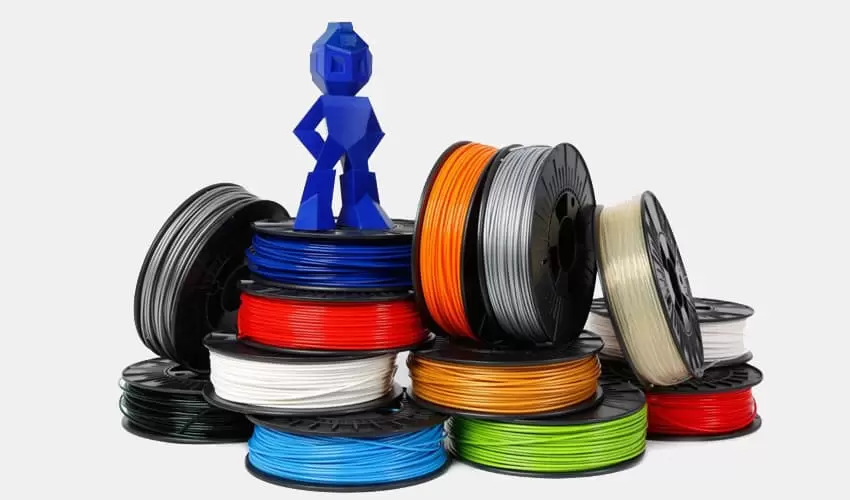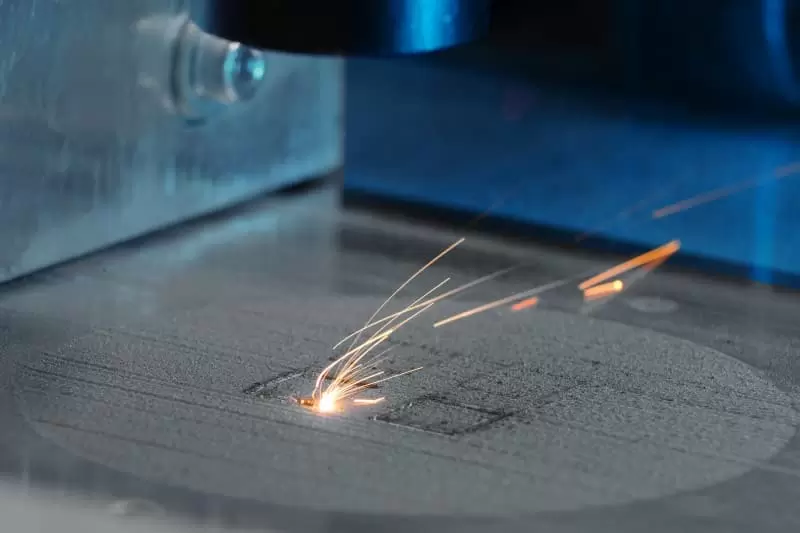Introduction
Injection moulding has significantly transformed the manufacturing landscape since its inception in the mid-20th century. It is a versatile and highly efficient process that enables the production of a wide range of products with precision and consistency. From everyday items to critical components in industries, injection moulding plays a pivotal role in shaping modern manufacturing. In this comprehensive blog post, we will explore the intricate details of the injection moulding process, its applications across various industries, and the factors that make it a reliable and preferred method for mass production.
The Injection Moulding Process
1. Material Selection and Preparation
The injection moulding process begins with the careful selection of materials. Typically, thermoplastic polymers, such as polyethylene, polypropylene, polystyrene, and others, are used due to their ability to be melted and solidified repeatedly without significant degradation. Thermosetting plastics, such as phenolic resins and epoxy, are also used for specific applications where enhanced heat resistance is required.
Once the materials are chosen, they are prepared in the form of pellets or granules. The raw materials are then fed into the injection moulding machine's hopper, where they are heated to their melting point.
2. Injection
The melted material, now in a viscous state, is injected into a mould cavity under high pressure. The mould is precisely designed to give the desired shape and features to the final product. It consists of two halves, the stationary half (the "A" side) and the movable half (the "B" side).
The injection moulding machine's screw pushes the molten material into the mould cavity through a nozzle. The pressure applied ensures that the material completely fills the mould and takes the intended shape. The pressure is maintained until the material cools and solidifies.
3. Cooling and Solidification
After injection, the moulded part undergoes the cooling and solidification phase. The cooling process is crucial as it affects the final properties of the product. Proper cooling ensures the dimensional accuracy and strength of the part.
Cooling can be achieved through various means, including the use of cooling channels within the mould. These channels help circulate cooling fluids, such as water, to dissipate heat from the molten material rapidly. Advanced mould designs and cooling systems are essential to achieve uniform cooling and avoid defects like warping and sink marks.
4. Ejection
Once the material has solidified, the mould opens, and the finished product is ejected from the mould cavity. Ejection pins or plates push the part out of the mould. The mould then closes again, and the injection moulding cycle restarts for the next production run.
Applications of Injection Moulding
Injection moulding has an expansive range of applications across various industries. The ability to produce complex and intricate shapes with high precision, coupled with rapid production rates, makes it an attractive choice for numerous products. Some of the key industries and applications include:
1. Automotive Industry
The automotive sector heavily relies on injection moulding to produce various components and parts, ranging from simple clips and brackets to complex interior trims and bumpers. The process ensures consistency in dimensions and mechanical properties, making it ideal for mass production.
2. Consumer Electronics
Injection moulding is widely used in the consumer electronics industry to manufacture casings, housings, buttons, and other components. The process allows for customization and integration of additional functionalities, enhancing the aesthetics and functionality of electronic devices.
3. Medical Devices and Healthcare
In the medical field, where precision and safety are paramount, injection moulding plays a critical role in producing medical devices such as syringes, IV components, inhalers, and surgical tools. The process ensures the manufacturing of sterile and biocompatible products that meet stringent regulatory requirements.
4. Packaging
Injection moulding is a popular choice for the production of packaging materials like bottles, containers, caps, and closures. The process enables the creation of lightweight, durable, and aesthetically appealing packaging solutions for various industries, including food and beverages, cosmetics, and pharmaceuticals.
5. Aerospace and Defense
In the aerospace and defense industries, injection moulding is used to create lightweight yet strong components for aircraft, spacecraft, and defense equipment. The process's ability to produce parts with precise tolerances and consistent quality is crucial in these high-stakes applications.
6. Toys and Novelties
Injection moulding is extensively employed in the toy industry to manufacture a wide variety of toys and novelties. The process allows for cost-effective mass production of colorful, safe, and appealing toys that cater to different age groups.
7. Home and Garden
From kitchen utensils to garden tools, injection moulding is utilized to produce a plethora of products used in households and gardens. The process ensures the creation of durable and functional items that enhance daily living.
Frequently Asked Questions
- How does injection moulding compare to other manufacturing processes like 3D printing?
- Injection moulding and 3D printing are both valuable manufacturing methods but differ significantly in terms of scale, speed, and material options. Injection moulding is highly efficient for large-scale production of identical parts with low per-unit costs, while 3D printing is more suitable for rapid prototyping and small-batch production of complex, customized parts.
- What challenges might arise during the injection moulding process?
- While injection moulding is a well-established process, several challenges can occur. These include part defects (e.g., sink marks, warping), material selection issues, mould design complexities, and the need for precise process control to maintain consistent product quality.
- How can manufacturers ensure sustainability in injection moulding?
- Sustainable practices in injection moulding can be achieved through material selection, minimizing waste, and optimizing energy consumption during the production process. Manufacturers can also explore the use of recycled materials and design products for reusability and recyclability to reduce their environmental impact.
- What role does digitalization and automation play in modern injection moulding?
- Digitalization and automation have significantly transformed the injection moulding industry. Advanced simulation software enables designers to optimize mould designs, reducing trial and error phases. Automation in injection moulding machines streamlines production, reduces cycle times, and improves overall efficiency, leading to higher productivity and lower costs.
Conclusion
Injection moulding has revolutionized the way products are manufactured, providing a cost-effective, efficient, and reliable method for mass production. From household items to critical components in industries like automotive and medical, injection moulding has widespread applications. As technology continues to advance, we can expect further refinements in the injection moulding process, enabling manufacturers to produce even more complex and innovative products. With its versatility and ability to meet stringent quality standards, injection moulding remains a cornerstone of modern manufacturing, driving innovation and progress in various sectors around the globe.
Injection moulding is a highly efficient and versatile process that is used in a wide range of industries. It enables the production of complex shapes and structures with great accuracy and consistency, making it an ideal choice for high-volume manufacturing. With ongoing advancements in technology, the injection moulding process is likely to become even more widely used in the years to come.




